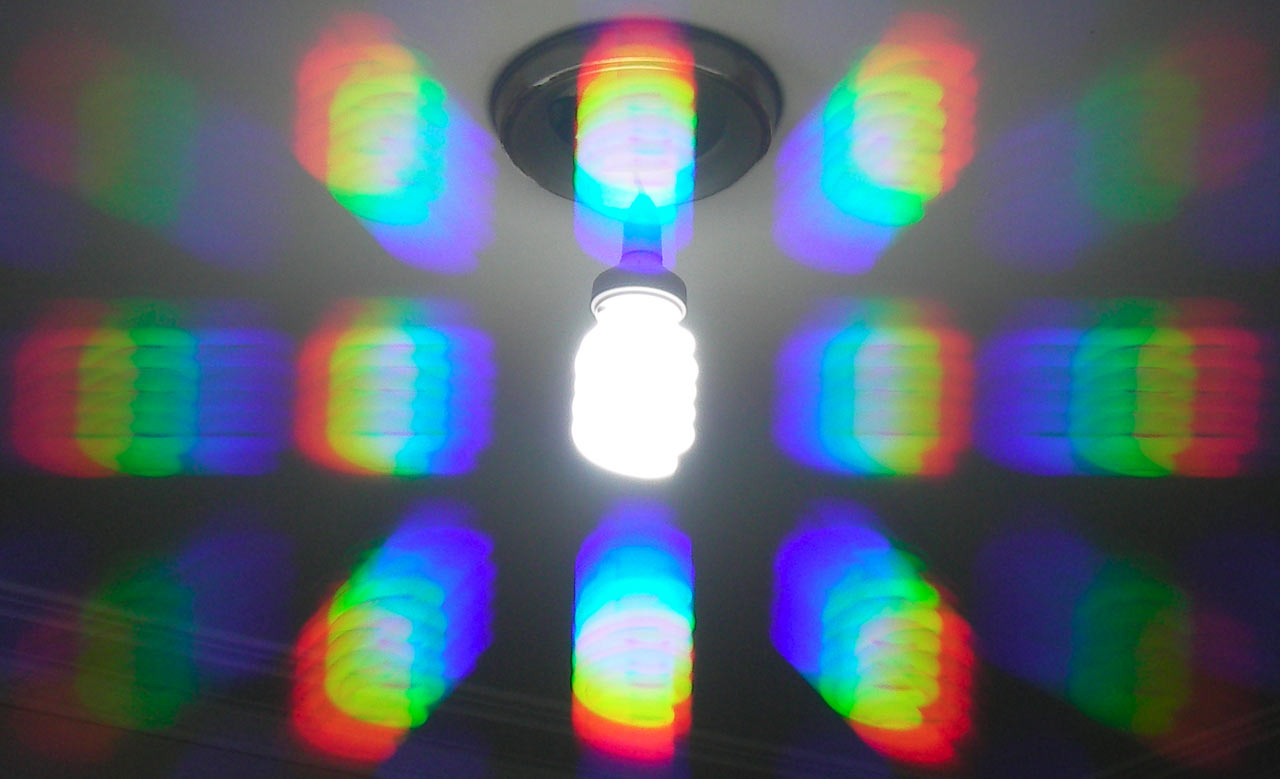
#LIGHT DIFFRACTION SHEET SERIES#
They feature a series of tiny lenses arranged in a honeycomb-like pattern. These are the most extreme types of diffraction glasses. Plus, some categories are also defined by the patterns they show, such as hearts and spirals. The types of diffraction glasses are based on how much diffraction they produce. What Are the Types of Diffraction Glasses? That is why diffraction glasses with small lenses help magnify objects. The smaller the lenses, the greater the magnification. The amount of magnification depends on the wavelength of light and the size of the lenses. It is due to this wavelet that objects behind the glasses appear to be magnified. When you look through the glasses, the lenses diffract the light. The same principle applies to diffraction glasses. Finally, the eye integrates all these wavelets to form the image. The wavelet eventually intersects the observer’s eye. The disturbance propagates away from the barrier in a form known as a Huygens wavelet. The amount of bending depends on the light’s wavelength and the obstacle’s size.ĭiffraction occurs because when a wave encounters an obstacle, the wavefront is disturbed. We also discuss how they work and where you can use them.ĭiffraction is the bending of waves around the corners of an obstacle. Let’s learn more about diffraction glasses and their uses.

These lenses are made up of a series of parallel lines that act as tiny mirrors, reflecting and refracting light to form interesting visual effects. One common lens type that uses these properties is the diffraction grating lens or light diffraction glasses.

But these same properties can also be harnessed for other purposes, such as fun optical effects or more practical applications like eyeglasses. The properties of light, such as refraction, diffraction, and reflection, impart particular characteristics to light.


 0 kommentar(er)
0 kommentar(er)
